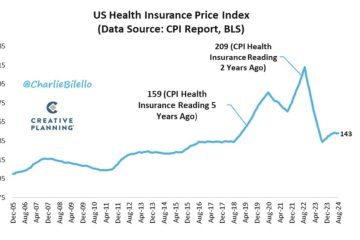Understanding EU Tariffs: Impact on Trade and Economy

Introduction
As global trade continues to evolve, understanding the complexities of tariffs is crucial. EU tariffs, which are duties imposed on imports and exports within the European Union, have a significant impact on the economy, trade relations, and consumer prices. In the context of recent geopolitical developments and economic recovery efforts, analyzing these tariffs sheds light on their implications on both European and global markets.
Current EU Tariff Landscape
In 2022, following the end of the pandemic-related trade disruptions, the EU undertook a comprehensive review of its tariff policies, focusing on both protecting domestic industries and maintaining competitive markets. Significant revisions were made to tariffs on various commodities, with particular attention to steel and aluminium, which have seen heightened tariffs due to trade tensions with non-EU countries. According to the European Commission, these tariffs aim to secure jobs and promote EU manufacturing while navigating threats from aggressive foreign pricing.
Impact on Businesses and Consumers
For businesses, understanding EU tariffs is vital for planning supply chains and pricing strategies. Companies importing goods into the EU must account for potential tariff increases which can significantly affect profit margins. For instance, a report from Eurostat indicated that the average tariff on industrial goods has stabilised around 5%, while agricultural imports often face tariffs upwards of 12%. These rates can curb competitiveness, reduce trade volume, and subsequently increase costs for consumers. Importantly, small and medium-sized enterprises (SMEs) are particularly vulnerable as they may lack resources to mitigate the financial burdens of tariffs.
Trade Relations and Future Outlook
The EU’s tariff policies also influence its relationships with trading partners. Recent negotiations with the UK post-Brexit have been marked by discussions surrounding tariff alignment to avoid trade barriers. Industry analysts suggest that future agreements must balance tariff reductions with maintaining protective measures for sensitive sectors like agriculture and textiles. As the EU seeks to strengthen its position in global trade, fluctuations in tariffs, especially in response to international disputes, could significantly impact not just European economies, but also global supply and demand chains.
Conclusion
In conclusion, EU tariffs remain a pivotal topic for businesses, policymakers, and consumers alike. As we look to the future, ongoing adjustments to these tariffs will be necessary to respond to economic challenges and trade relationships. Stakeholders should remain vigilant about changes, as they will continue to shape the European market landscape, impacting everything from consumer goods prices to international trade negotiations.









